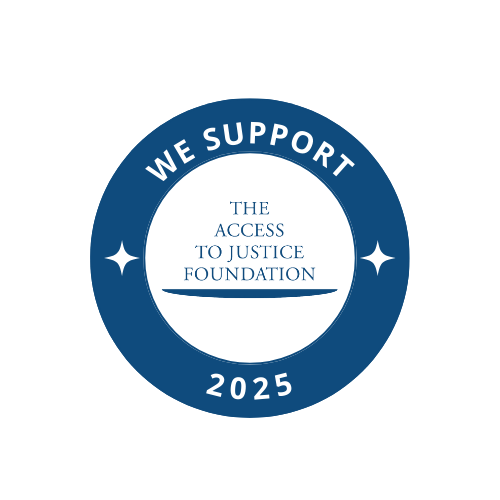Congenital Diaphragmatic Hernia (CDH) is a potentially fatal birth injury. It can be an extremely serious condition and a newborn affected by CDH will require immediate treatment following delivery. Therefore early and accurate diagnosis is enormously important.
June 2021 is CDH Awareness Month and I suspect that not many people will have heard of CDH as it is a rare condition. Following a baby receiving a diagnosis of CDH some parents will face a heartbreaking decision, as they will have to decide whether to continue with their pregnancy. The survival rate for CDH is around 50%. Sadly some babies are severely ill after their birth and do not survive, and those that do survive often have other complex needs.
What is Congenital Diaphragmatic Hernia (CDH)?
CDH affects the organs in the abdomen and chest. It occurs when the diaphragm fails to close during the baby’s development creating a hole. This consequently allows the small intestine and liver to move partially into the chest. As a result this pushes the heart and lungs to one side impacting their growth and development.
When Can It Be Diagnosed?
CDH can be diagnosed at the 12 week routine scan, but it is more commonly diagnosed at the 20 week routine scan. In some cases, the baby may not be diagnosed until the final weeks of pregnancy or after the baby is born. In rare cases, CDH can also be diagnosed later in life during routine medical appointments or procedures.
If the sonographer notices something unusual on the scan or suspects the organs are not where they should be, the mother is likely be invited for further scans and antenatal appointments. If diagnosed early, babies can receive treatment before birth which may increase their chances of surviving.
Notable symptoms of CDH which can be identified after the birth of a baby include difficulty breathing, fast breathing, fast heart rate, blue tinge of the skin, difficultly feeding, the chest may be lopsided or the abdomen may be caved in.
Treatment
Commonly the baby will undergo a surgical procedure after their birth to move the organs back into the abdomen and to repair the hole in the diaphragm. However, the severity of the condition will be assessed following diagnosis and there is a chance a minimally invasive operation could be performed during the pregnancy to help the development of the baby’s lungs.
Ongoing Problems
Babies with CDH may have ongoing problems with their lungs, hearts, digestive systems and cognitive development. They may have feeding difficulties, suffer from reflux and there is a risk of re-herniation. They can also suffer from hearing loss and have speech and developmental issues as a result of ventilation and long periods of hospitalisation.
Although most cases of CDH are diagnosed during pregnancy, a third are missed despite increased ultrasound scans and improved guidelines to aid the detection.
CDH UK provides helpful information and support if you, or somebody you know, has been impacted by CDH.
If you, or your child, has been affected by the above, please do not hesitate to contact our clinical negligence team.
"*" indicates required fields

 Back
Back
















